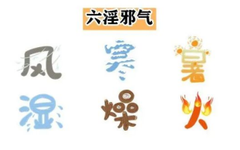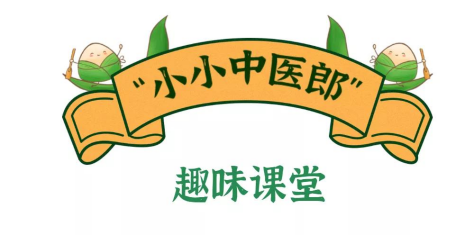

Hello everyone~~ The “Preventive Health” team is here to share knowledge again!
Today, let’s talk about the six external pathogenic factors commonly mentioned in Traditional Chinese Medicine (TCM).
These are Wind (Feng), Cold (Han), Summer Heat (Shu), Dampness (Shi), Dryness (Zao), and Fire (Huo).
These factors are referred to as the Six External Pathogenic Factors.
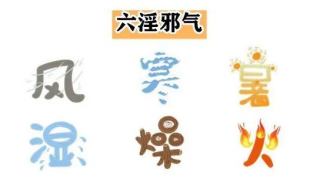
 The Six External Pathogenic Factors is a concept in TCM that refers to six types of pathogenic qi that can cause disease: Wind, Cold, Summer Heat, Dampness, Dryness, and Fire. Under normal circumstances, these factors are part of natural climate changes, but when the body’s immunity is compromised, they can become pathogenic and trigger illness.
The Six External Pathogenic Factors is a concept in TCM that refers to six types of pathogenic qi that can cause disease: Wind, Cold, Summer Heat, Dampness, Dryness, and Fire. Under normal circumstances, these factors are part of natural climate changes, but when the body’s immunity is compromised, they can become pathogenic and trigger illness.
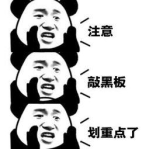
 The external Wind pathogen is most commonly seen in spring, but it can occur in all seasons. It primarily refers to diseases caused by Wind-Cold, Wind-Heat, and Wind-Damp. Symptoms include fever, aversion to wind, spontaneous sweating (excessive sweating with slight movement), and muscle aches, which are classified as Wind syndrome (external Wind).
The external Wind pathogen is most commonly seen in spring, but it can occur in all seasons. It primarily refers to diseases caused by Wind-Cold, Wind-Heat, and Wind-Damp. Symptoms include fever, aversion to wind, spontaneous sweating (excessive sweating with slight movement), and muscle aches, which are classified as Wind syndrome (external Wind).

External Cold pathogens are more prevalent in winter and can be categorized into internal and external Cold. External Cold refers to cold air invading the body, while internal Cold is due to the body’s functions declining from insufficient Yang qi. Symptoms include headache, aversion to cold, joint and muscle pain, abdominal pain, and vomiting, which are classified as Cold syndrome (external Cold).
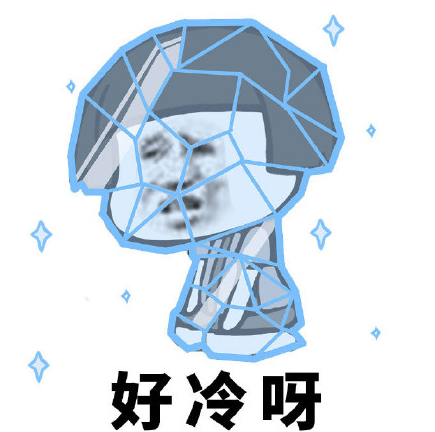
External Summer Heat pathogens mainly occur in late summer and early autumn and can be divided into heat stroke and summer heat. The characteristics of Summer Heat include heat combined with dampness, making it a pathogenic factor of damp-heat. Symptoms include fever, fatigue, irritability, and thirst, classified as Summer Heat syndrome (external Summer Heat); 

External Dampness pathogens cause symptoms such as headache, dizziness, heaviness in the limbs, cloudy urine, and sticky stools, classified as Damp syndrome (external Dampness).
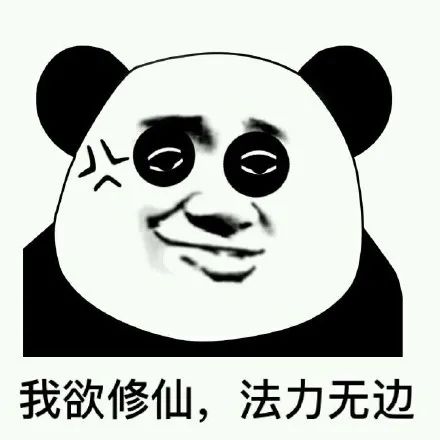
External Dryness pathogens commonly occur in dry autumn, leading to symptoms such as dry tongue, dry mouth, dry throat, and dry cough with little phlegm, classified as Dryness syndrome (external Dryness);
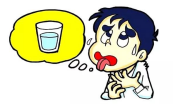
External Fire pathogens cause symptoms such as flushed face, high fever, thirst, vomiting blood, and nosebleeds.
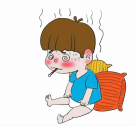
In TCM, treatment emphasizes syndrome differentiation and treatment based on the specific causes and mechanisms of the disease. For Wind pathogens, we use methods to dispel Wind; for Cold pathogens, we warm and disperse Cold; for Summer Heat, we clear Heat; for Dryness, we moisten; and for Fire, we clear Fire. Based on these treatment principles, appropriate Chinese herbs, acupuncture, tui na (Chinese therapeutic massage), cupping, herbal fumigation, and topical herbal applications are selected for treatment. Additionally, it is important to maintain a reasonable diet, eat light and easily digestible foods, and strengthen exercise to enhance the body’s resistance to expel pathogens.
If you experience discomfort, please seek medical attention promptly and follow medical advice to avoid delaying treatment. When using Chinese herbs, it is essential to consult a TCM practitioner for proper diagnosis and application. Do not self-medicate by blindly adjusting dosages based on symptoms, and avoid long-term use without medical guidance.
This concludes our educational session! See you next time!


Contributed by: Preventive Health Department
Edited by: Publicity Team
Reviewed by: Medical Affairs Department
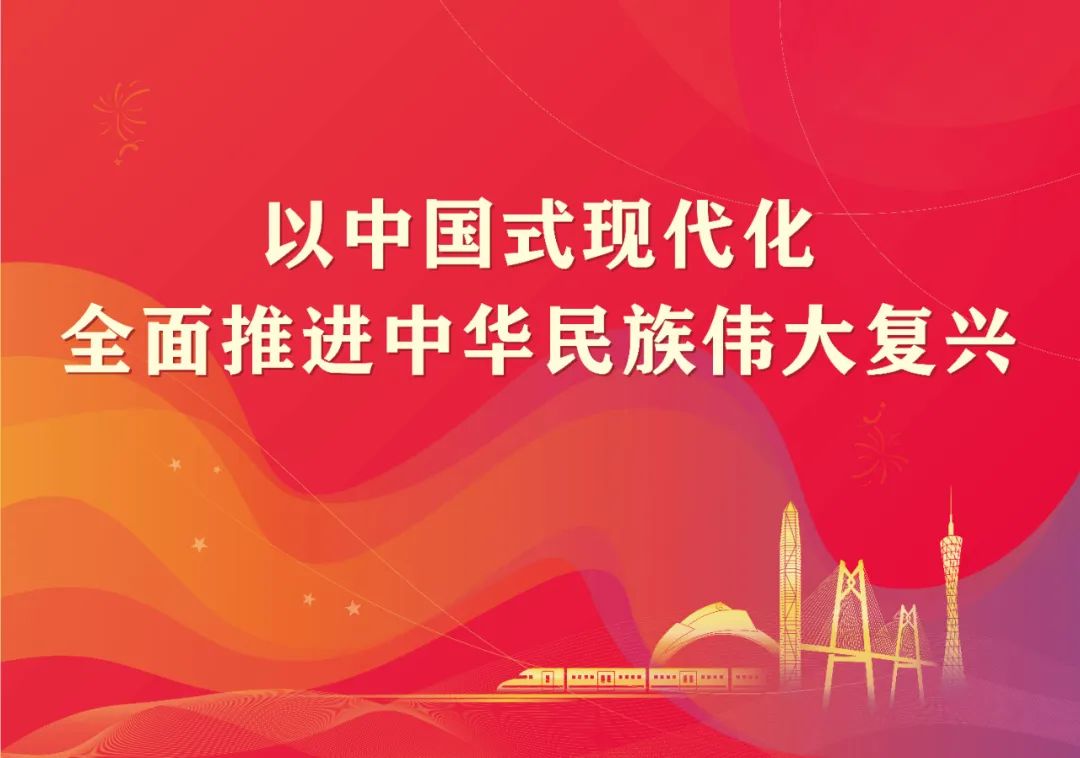
Note: Some images are sourced from the internet for educational purposes (non-commercial). Copyright belongs to the original authors. If there is any infringement, please notify us for removal.

